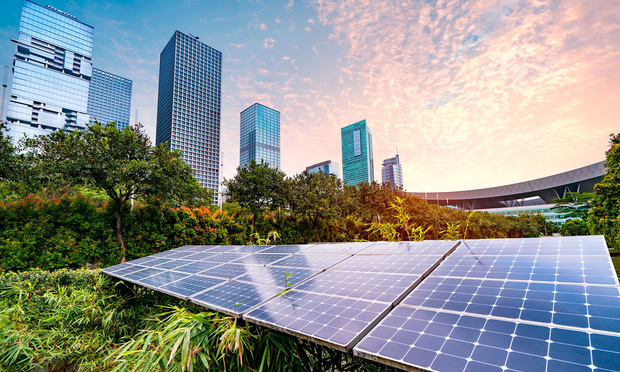Energy transition is poised to usher in one of the greatest structural changes the energy sector has ever witnessed. Before COVID-19, diversification from fossil fuels to electrification and renewable energy had been continually reinforced by steady increases in corporate commitment to decarbonization, investor prioritization of ESG goals, protracted climate-change litigation and consumer demand for autonomy in personal energy supply.
There is widespread agreement that, at least in the short-term, unprecedented decline in the demand for oil and gas as a result of COVID-19 shelter-in-place orders will pose significant challenges for the entire energy sector, including renewable energy. Since COVID’s outbreak, the research organization Bloomberg NEF cut its 2020 growth projection for global solar from 152GW to 143GW and suggested that the wind sector faces “considerable downside risk”. The analysts Rystad Energy are even more pessimistic, predicting that growth in newly commissioned renewables projects for 2020 will be entirely “wiped out”.


 Energy analysts are pessimistic about newly commissioned renewable projects for 2020.
Energy analysts are pessimistic about newly commissioned renewable projects for 2020.




